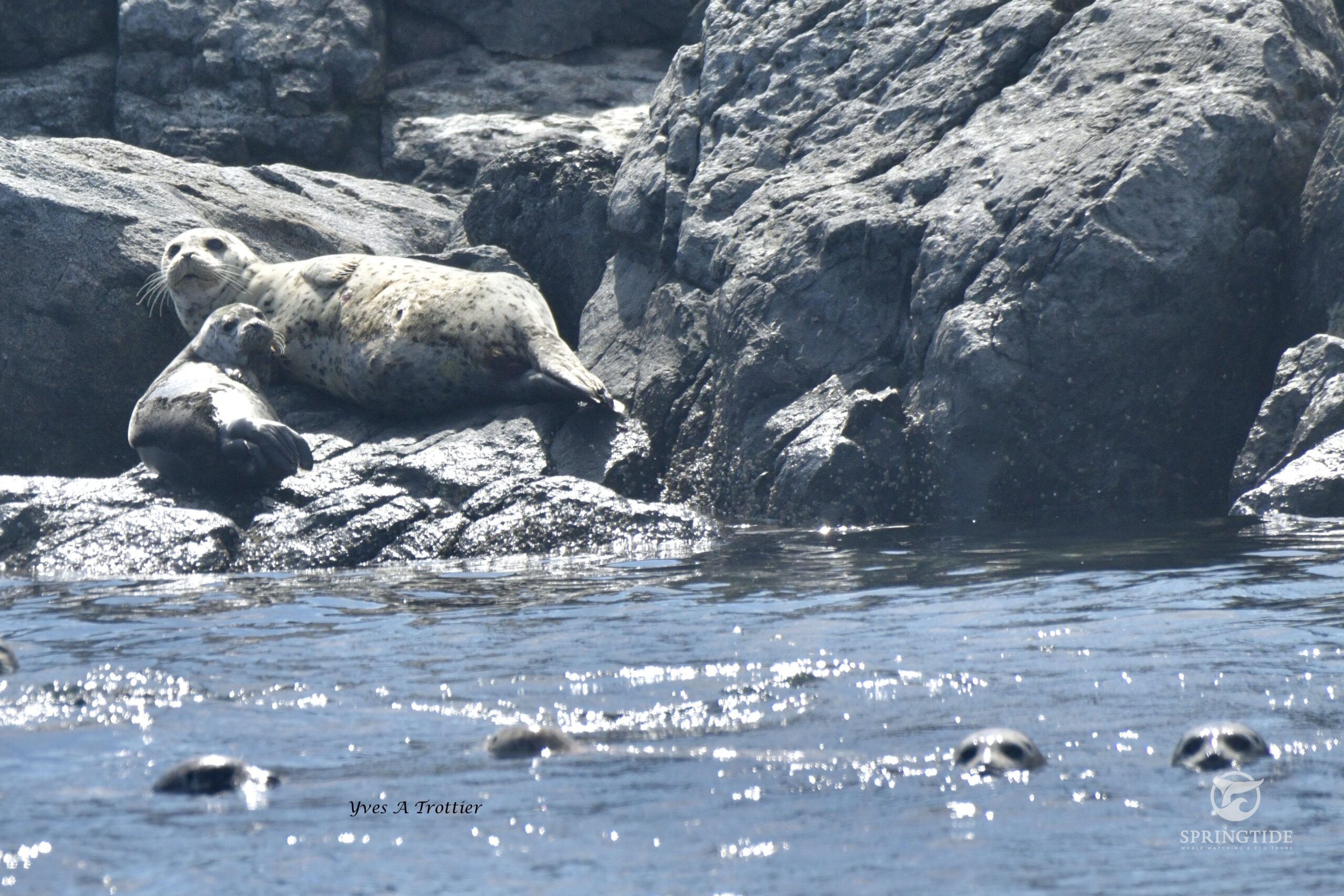If you’ve spent time near the ocean lately, you might have noticed something unusual or even distressing. In late spring, all kinds of seals and sea lions are known to undergo a molting process. Sea lions have a much less dramatic molt, but seals have what is called a “catastrophic molt.”
(You may be wondering what the other differences between the two animals are, so I’ll note a key few: seals are much smaller than sea lions, have reduced function of their limbs, and internal ears. Sea lions walk on four legs and have ear flaps.)
If you haven’t seen an anything like this before, you may be thinking: but what exactly is molting for seals and sea lions? It’s similar to a bird’s molting process, except that these marine animals will grow new hair and change their coat colour instead of growing feathers, of course. According to the National Oceanic and Atmospheric Administration Fisheries, sea lion pups that are about 4-5 months old experience a lightening of their coat colour from dark brown to light brown or silver.

In the case of our local elephant seals, this process can be a bit painful. Their skin will be cracked and flakey, and in some cases, there may be noticeable pus. At this stage of the process, the seals are unable to go into the water to wash it off too, so you may see them beached with cracked patches of skin for a while longer.
The Department of Fisheries and Oceans (DFO) receives quite a few concerned phone calls about this phenomenon every year. We’re here to tell you that even though this process is called “catastrophic molting,” it is a very natural and normal part of our seals and sea lion’s life cycles. The DFO recommends that if you are truly concerned about the conditions of these animals that you simply give them a call – and then keep yourselves and your dogs away far away from them so that they can heal in peace.
Basically, try not to worry too much. The animals know what to do to keep themselves as safe and as comfortable as possible during this “catastrophic” process.
If you need to report a marine animal in distress, call the BC Marine Mammal Response Network at 1-800-465-4336 and remember: “Observe, record, report.”
Works Consulted + Further Reading:
“California Sea Lion” (n.d.). National Oceanic and Atmospheric Administration Fisheries. Last updated April 21, 2022. https://www.fisheries.noaa.gov/species/california-sea-lion
Kloster, Darren (May 1, 2021). “Elephant seals are molting, a painful natural process; give them a wide berth.” Times Colonist (Victoria). https://www.timescolonist.com/local-news/elephant-seals-are-moulting-a-painful-natural-process-give-them-a-wide-berth-4689075
“Sea Lion Info” (2023). Dolphin Resource Centre. https://dolphins.org/sea_lion_info
Post by Hannah Eiserman

